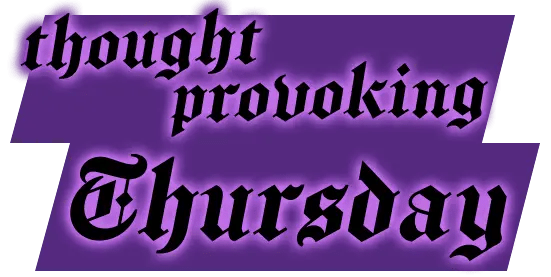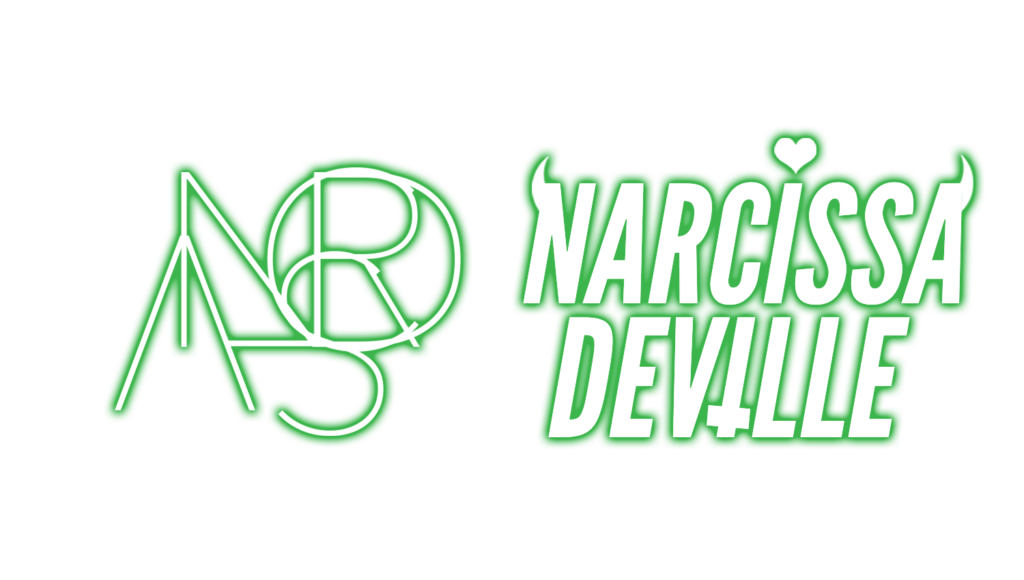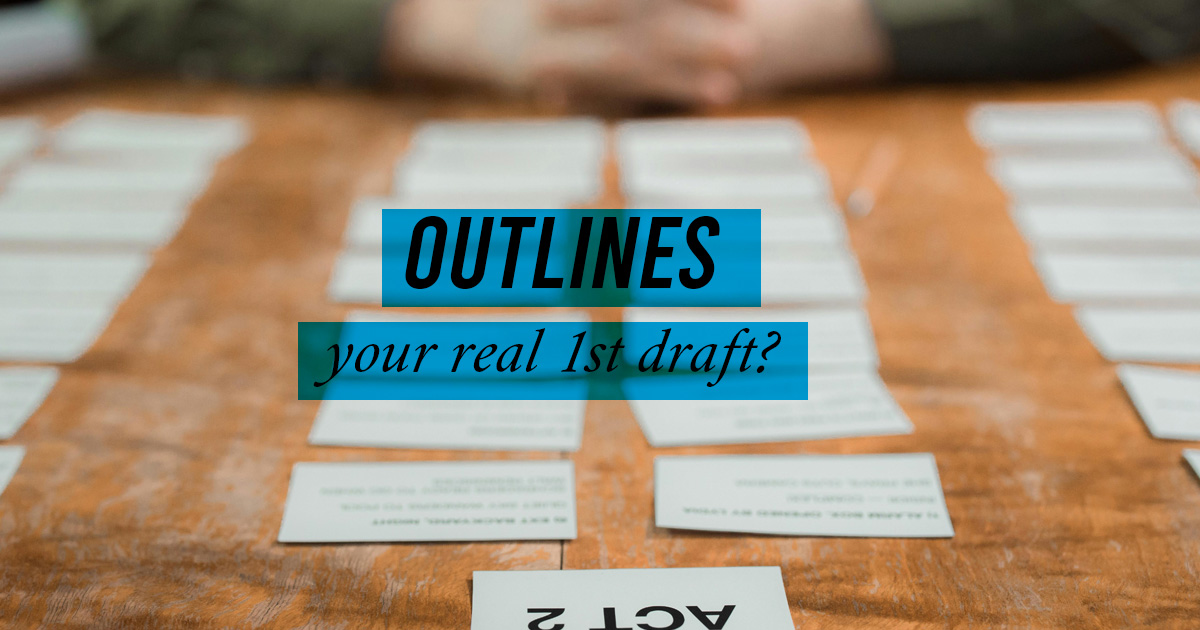

There’s an old saying that goes, “a failure to plan is a plan to fail”, I’m not entirely sure how much I agree with this sentiment in terms of writing —but I will say this, having an outline makes the job a hell of a lot easier.
In the beginning of my journey as a writer, I was definitely not a plotter. Writing to me was always about the journey, not necessarily the destination. I usually had a good idea of what I wanted the story to be over all, and maybe even key beats and the ending, but everything in between the first page and the last page to get me to that overarching idea was more often than not up in the air. Flying by the seat of my pants if you will.
There’s a term for writers like this: pantser.
Not for nothing, I always wanted to outline. I had read all of these books about how important it was as a writer to outline, how necessary it was to the process and how many authors that I respected did so, an for a time it almost felt like I was failing for not being really able to make an outline work. I had tried everything from the Snowflake Method, the 3 Act Story Method, the 7 act Method, the Hero’s Journey, hell even Campbell’s version of the hero’s journey but none of them really worked for me. Even if I did manage to create an outline for a story inevitably I would write a scene or a character would act in such a way that would just completely eviscerate everything that would come after. As a young writer it frustrated me to no end. Why bother putting in all of that work only to end up throwing it out the second I write a scene that changes things up and makes my outline no longer make sense.
Well, as it turns out that’s often what writing is.
There are two key things that changed this for me in terms of why I find (most of the time) outlining to now be an essential part of my process.

Changing my outlook on outlines
Arguably one of the first and biggest changes that helped me get into outlining my work was simply changing how I viewed them. For most of my life I had this impression that outlines were these rigid bibles of your story that you had to follow to the letter or else what was the point? This created a problem for me because the rigidity of it meant that as noted previously when something did come up that was unexpected it felt like it tanked everything that came after. Could I even salvage the story if it hinged on this one scene or revelation coming later in the book? Would it still work having it earlier? Once I started viewing my outlines as more malleable, more alive and flexible and able to change as needed things became much easier. I found myself able to not only outline but make an outline work. Once I stopped viewing the outline as my enemy, and more importantly stopped viewing it as something that couldn’t change, I changed with it.
Outline as a first draft
Recently another change that has made a big difference when it comes to outline is a discussion I had never before considered. The idea that an outline can be a first draft.
While this is something of a new concept to me, it’s actually incredibly clever. The idea goes like this, while outlining in general is a difficult thing to quantify (how much or how little should you outline is dependent on you), let’s assume for a second that you like me like to outline your stories chapter by chapter. If you already know how long (roughly) your book is going to be and how many chapters it can make it easier to do this. I also like to outline by hand because it makes it easier to visualize my flow of thoughts when I can write up the page in the margins, and all around the physical space of a notebook.
Each chapter is going to be different in terms of how long my notes are and how detailed. Some chapters may have one or two sentences about what I want to happen or a major scene or plot point that occurs. Other chapters are paragraphs of characters, lines of dialogue that make up an important scene and even details that will become relevant later on down the line for the book. This is really where the first draft comes into play because as you can see we’re already working on writing out whole scenes and lines of dialogue in some cases of the outline. The point of a 1st draft (many writers would agree) is to get the story on paper. You can expand upon things later, you can make it better later, the key is just to get the idea out there. And what better way to do that than with a chapter by chapter summary of your book that can include scenes, dialogue, plot points, future plot points, character explanations and notes about the setting. You’re not worrying about sentence structure or phrasing things the best the key is just getting the idea out.
Once you’ve completed that you then have a very very rough draft of the story. An expanded concept in which you know the important beats, important characters and dialogue themes. From here you can expound upon them. You’re not just taking a shot in the dark, you know exactly where your aim is. Where you’re going.
Does the story evolve as you write it? Sure, but every story evolves as you edit and make changes. Chapters and characters evolve and expand, lines of dialogue that you wrote are rewritten to fit the character and the conversation at hand and you feel like you now have an idea where things are going.
Much as any great painter doesn’t usually slap paint onto the canvas without having some sort of rough beneath it or sketch, so too do authors need a rough to build up from.
As I’ve gotten older, it’s become a necessity for me to properly outline my stories in order for me to have any hope of staying on track and completing them. I also find myself less frequently having to toss large swaths of my outline when I’m writing. Sometimes I do. Sometimes points that I had don’t work anymore for what I’m writing or not in the order I wrote them but it matters less now because I’m not so invested in this idea of my outline needing to be an immovable object meeting with an unstoppable force.
In part, I would argue that more experience in writing has made a major difference in all of this. The harsh reality is that any great writer, any great artist of any sort must practice. AI cannot give you that. There are no shortcuts to the need to practice to improve your craft. But rather than looking at it as a chore, rather than looking at that practice at something that’s difficult you should look at it instead as something that you get to do. Writing to me has always been a gift. A gift that I cherish. when other writers bemoan how difficult it is (and it can be especially when you’re struggling) I consider myself lucky. It takes time to improve your craft. It isn’t easy, but it is worth it.
The more you do it the better you get at it, and outlining is no different. What method works for you is going to be something that you likely are going to have to test out for yourself.
I know plenty of writers who break their story down chapter by chapter and also scene by scene. They know where and when things are going to happen and in what order they’re going to happen and that for me is a bit too detailed.
There have been some who argue that outlines stifle creativity. That if they know what’s going to happen they no longer wish to write the book–that’s not something I quite understand nor do I agree with it, but I cannot speak to that except to say even outlining a book you never really know what’s going to happen until you start expounding upon things you’ve outlined.
So how does one outline? How do you learn the art and craft of outlining well like anything it takes practice. You have to try it out and see what works for you. If you’re someone who finds outlining too much stifles you then pull back.
One way to learn outlining methods (in my opinion) is to take a book you’ve already read and enjoy, find an outlining method you wish to try out and then—input the information from that book into that outlining method. Sort of like reverse engineering an outline. Look at it like a book report just for you.
What would you consider to be the themes? The plots an subplots? What important characters make an appearance and what lines of dialogue or scenes later became foreshadowing? You don’t necessarily need to include these in your actual outline but it helps you get a better feel for aspects like theme, plot, subplots, and character arcs.
You may even find that for your own work you combine different outlining methods based on what you feel would work for you.
Outlining, like all of writing is a personal thing, and can even be dependent on what sort of story you’re trying to tell. Not every story is going to fit neatly into the hero’s journey mold. Not every story is going to fit neatly into the snowflake method. And the 3 or 7 act structure may feel too constricting to fit specifically into. What matters most is what works for you and your story. You may learn, as I have learned that every book is a life of it’s own and every book requires an entirely different journey. Some less obvious than others.

